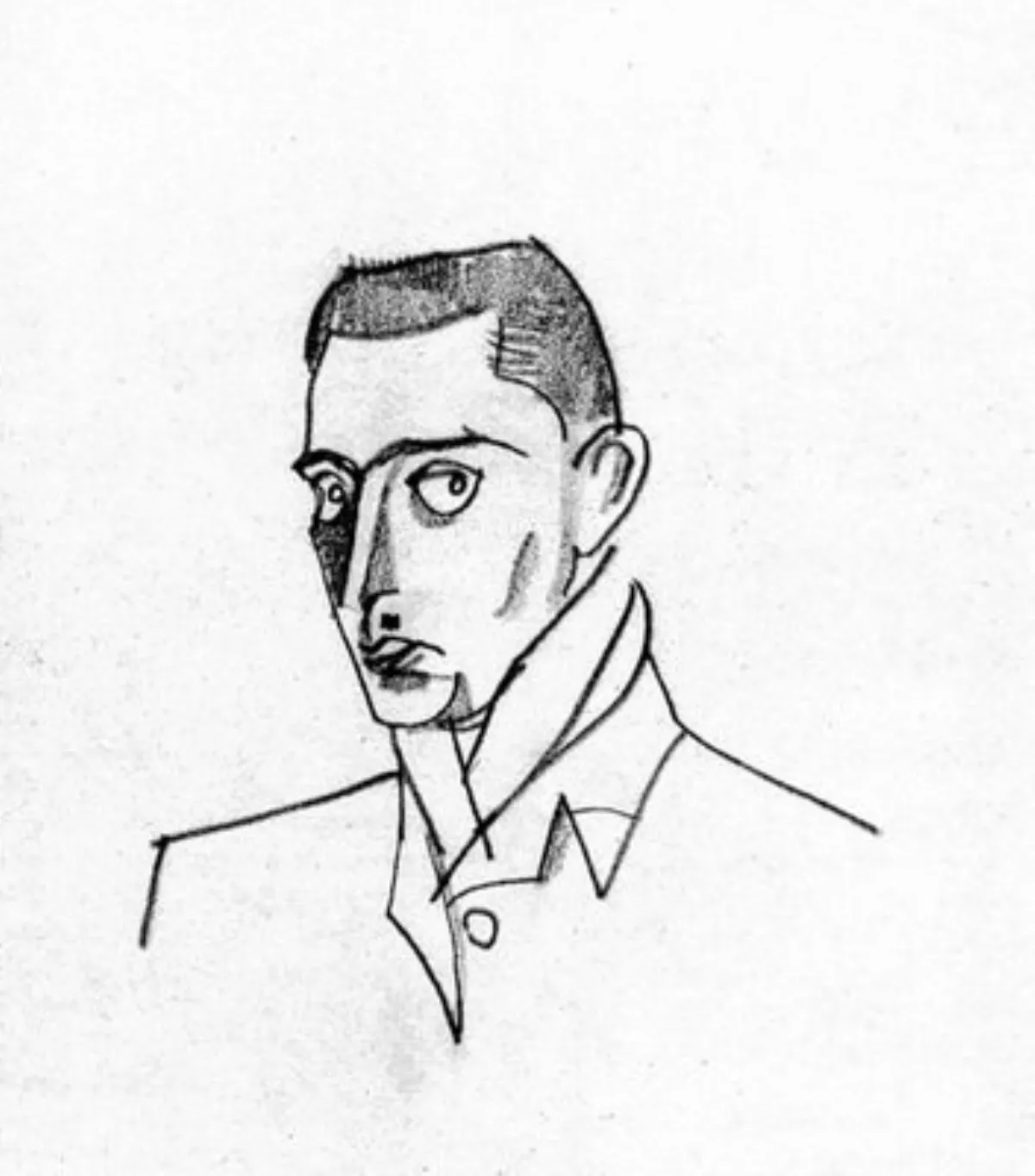 1.
1. Jean Hugo was born in Paris and died in his home at the Mas de Fourques, near Lunel, France.

 1.
1. Jean Hugo was born in Paris and died in his home at the Mas de Fourques, near Lunel, France.
Jean Hugo was part of a number of artistic circles that included Jean Cocteau, Raymond Radiguet, Pablo Picasso, Georges Auric, Erik Satie, Blaise Cendrars, Marie-Laure de Noailles, Paul Eluard, Francis Poulenc, Charles Dullin, Louis Jouvet, Colette, Marcel Proust, Jacques Maritain, Max Jacob, Carl Theodor Dreyer, Marie Bell, Louise de Vilmorin, Cecil Beaton and many others.
Jean Hugo was the great-grandson of the poet, playwright, novelist, essayist, visual artist, statesman, human rights activist and exponent of the Romantic movement in France, Victor Hugo.
Jean Hugo's grandfather, Charles Hugo was a journalist, pioneer of early photographic techniques and a campaigner against the death penalty, and his father Georges Hugo was a published author and a recognised painter.
Jean Hugo was married twice, first in 1919 to Valentine Hugo and then in 1949 to Lauretta Hope-Nicholson, daughter of Hedley Hope-Nicholson.
Jean Hugo is predominantly known for his sketches and oil or gouache paintings, which are often executed in small formats.
Jean Hugo illustrated books, designed theatre sets and costumes and produced ceramics, murals, textile designs and stained glass windows.
Jean Hugo designed the sets and costumes for Carl Theodor Dreyer's film The Passion of Joan of Arc.
Jean Hugo's painting is unique in the artistic panorama of the first half of the 20th century and maintains originality while evoking avant-garde themes of magical realism or metaphysical painting.
Jean Hugo showed an interest in forest scenes and religious themes.
Jean Hugo's painting were based on the sketchbooks that he had with him at all times.
Jean Hugo used to say that "Inspiration comes naturally but one has to arrange regular meetings with it".
Jean Hugo never felt the need to participate in the artistic debates of his time and paid the price for it by never achieving wide recognition of his work by the general public.
Jean Hugo's work has been widely exhibited, with solo retrospectives taking place in France, England, Japan, Canada and the USA.
Jean Hugo's first published illustration appeared in 1918, a monogram for La Sirene publishing house.
Jean Hugo was, and remains the very image of that perfect humility of the illuminators, for whom daily truths trumpeted decorative graces.
Jean Hugo was a strange being, admirable, a mystic, a lover, a great artist, who no doubt sinned by excess of modesty.
Jean Hugo had been a little tired of fame by his name, which was extremely heavy.
Jean Hugo's work is far better known, and valued, in America than in France, where he still suffers a little of being eclipsed by his name.
Jean Hugo carried the heavy burden of his family name with elegance.
Jean Hugo's work reminds us of the marvels that the relaxation of some prince of ancient times might have produced, as can be found in the tales of a thousand and one nights.